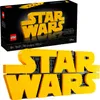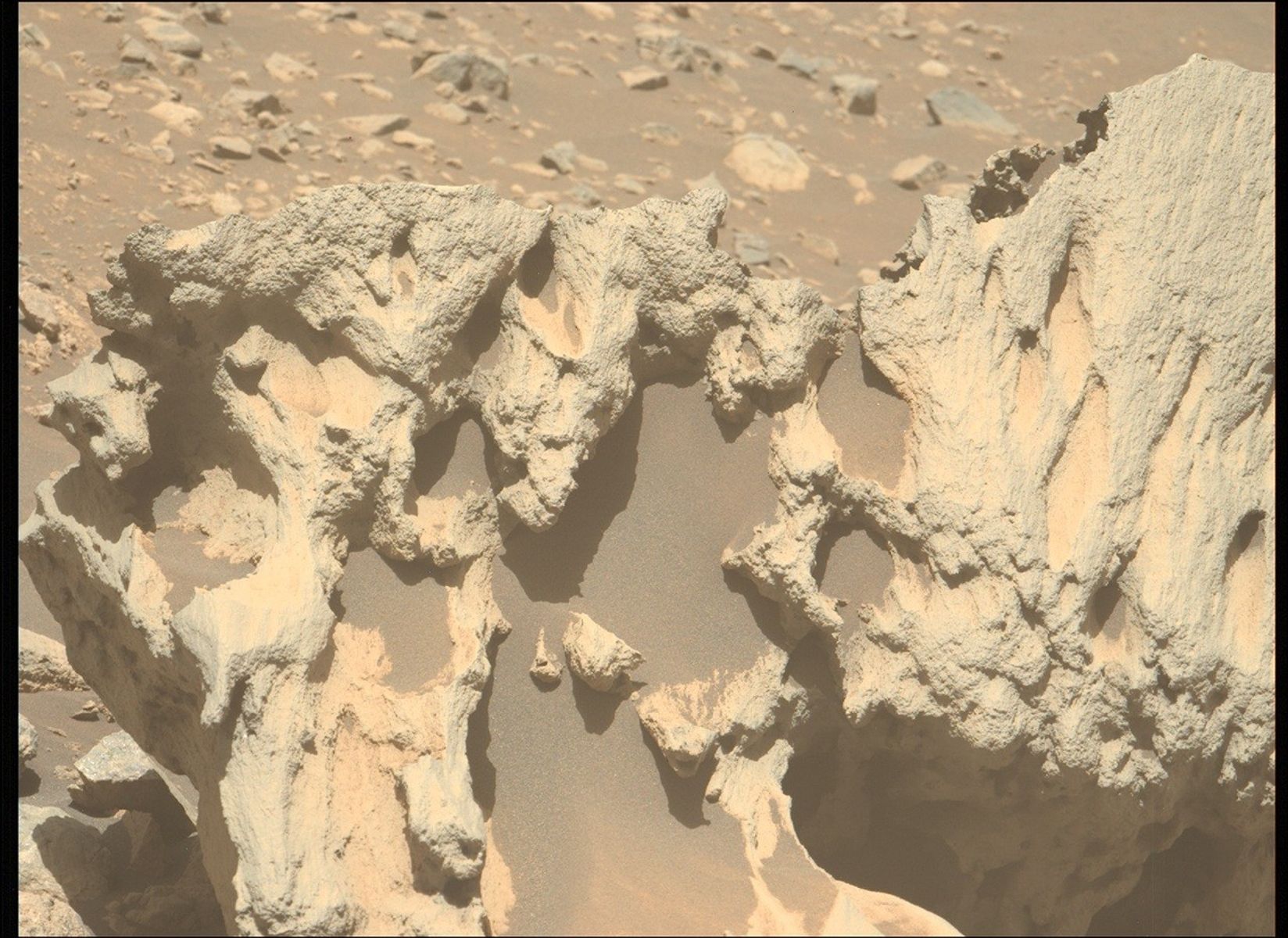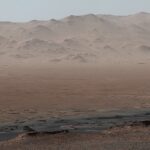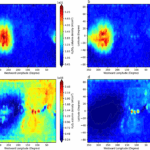Now Reading: Northern lights may be visible in 10 states tonight
-
01
Northern lights may be visible in 10 states tonight
Northern lights may be visible in 10 states tonight
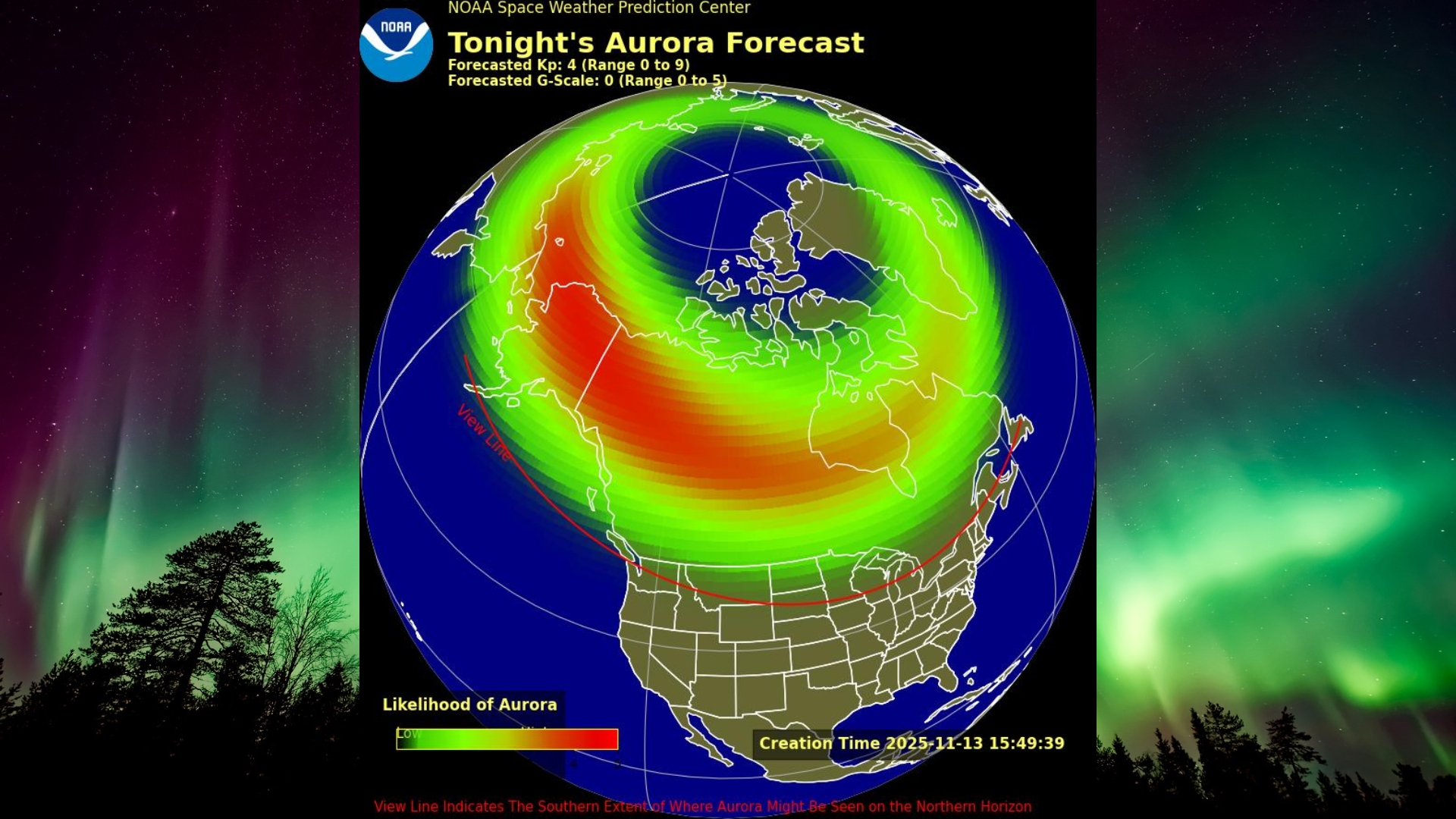
The northern lights could still be visible tonight (Nov. 13-14) as lingering effects from recent solar eruptions continue to ripple through Earth’s magnetic field.
Minor (G1) to strong (G3) geomagnetic storm conditions are still possible throughout the evening hours, according to NOAA’s Space Weather Prediction Center. A G3 storm watch remains in effect today with a gradual return to quieter space weather expected by Friday, according to the U.K. Met Office
Where can I see the northern lights tonight?

States that could see auroras tonight
Based on the latest NOAA aurora forecast map, the following 10 U.S. states appear fully or partially above the aurora view line:
- Alaska
- Washington
- Idaho
- Montana
- North Dakota
- South Dakota
- Minnesota
- Wisconsin
- Michigan
- Maine
As always, keep in mind that auroras are not guaranteed. Sometimes they appear farther south than forecast and sometimes not at all. Many conditions have to align for a good display, including cloud cover, light pollution and the strength of the geomagnetic disturbance.
Northern Hemisphere aurora forecast courtesy of the U.K. Met Office
What time should I look for auroras tonight?
The northern lights could be visible across 10 U.S. states (or maybe more) tonight (Nov. 13-14) as soon as it gets dark, so it’s worth keeping an eye on the sky throughout the evening, especially in areas with clear, dark skies.
According to NOAA’s 3-day forecast, geomagnetic storm activity is expected to be highest earlier on in the night, with the best chances of auroras during the following key times:
- 4 p.m. – 7 p.m. EST (2100-0000 GMT): Strong G3 storm levels possible
- 7 p.m. – 10 p.m. EST (0000-0300 GMT): Minor G1 storm levels possible
How can I see the northern lights from where I live?
If you live in one of the 10 U.S. states forecasted to catch a glimpse of the northern lights tonight, there are a few things you can do to give yourself the best chance of seeing them.
- Find a north-facing vantage point with a clear view of the horizon as far from light pollution as possible.
- Use your phone camera to scan the sky, as the camera is great at picking up faint auroras before your eyes spot them. This will give you a good idea of the direction you should be focusing your attention.
- Try to let your eyes adapt to the dark for at least 30 minutes; this will help your night vision develop.
- Wear warm clothing! Part of the fun of aurora hunting is the chase. Be prepared to sit or stand for hours if conditions are looking promising, as you won’t want to miss the show when it starts!
We recommend downloading a space weather app that provides aurora forecasts based on your location. One option I use is “My Aurora Forecast & Alerts,” available for both iOS and Android. However, any similar app should work well. I also use the “Space Weather Live” app, which is available on iOS and Android, to get a deeper understanding of whether the current space weather conditions are favorable for aurora sightings. Our guide on how to photograph auroras is designed to help you capture the moment with a breathtaking photo.
Editor’s Note: If you snap a photo of the northern lights or southern lights and would like to share it with Space.com’s readers, send your photo(s), comments, and your name and location to spacephotos@space.com.
Stay Informed With the Latest & Most Important News
Previous Post
Next Post
-
 012024 in Review: Highlights from NASA in Silicon Valley
012024 in Review: Highlights from NASA in Silicon Valley -
 02Panasonic Leica Summilux DG 15mm f/1.7 ASPH review
02Panasonic Leica Summilux DG 15mm f/1.7 ASPH review -
 03How New NASA, India Earth Satellite NISAR Will See Earth
03How New NASA, India Earth Satellite NISAR Will See Earth -
 04And Thus Begins A New Year For Life On Earth
04And Thus Begins A New Year For Life On Earth -
 05Astronomy Activation Ambassadors: A New Era
05Astronomy Activation Ambassadors: A New Era -
06SpaceX launch surge helps set new global launch record in 2024
-
 07Space Force plans new ‘Futures Command’ amid pressure to speed up modernization
07Space Force plans new ‘Futures Command’ amid pressure to speed up modernization













